Underwater Glider Movement Using Dynamic Mesh CFD Simulation, ANSYS Fluent Training
Underwater Glider Movement Using Dynamic Mesh CFD Simulation, ANSYS Fluent Training
- Upon ordering this product, you will be provided with a geometry file, a mesh file, and an in-depth Training Video that offers a step-by-step training on the simulation process.
- For any more inquiries regarding the product, please do not hesitate to reach out to us at info@CFDLAND.com or through our online support assistant.
€140 Original price was: €140.€125Current price is: €125.
How those amazing robot submarines do called underwater gliders move through our oceans without making noise or wasting energy? The secret lies in their special hydrodynamic movement patterns that scientists study using powerful computer tools! Underwater gliders represent one of the most exciting developments in ocean exploration technology because they can travel for months using almost no battery power. These clever autonomous vehicles change their buoyancy (how floaty they are) and shift their weight to create a smooth zigzag path through the water. To properly understand this fascinating glider motion, engineers use dynamic mesh techniques in CFD simulation software like ANSYS Fluent. Unlike regular simulation methods, dynamic meshing creates a special grid that constantly changes shape to follow the glider as it moves through different water layers. This advanced approach perfectly captures the complex fluid-structure interactions that happen when the underwater glider changes its volume and weight distribution. As a result, marine engineering teams can design much better gliders with improved navigation capabilities and energy efficiency. Thanks to several reference papers such as “CFD analysis and hydrodynamic improvement on hybrid buoyancy-driven underwater glider for extended range capabilities,” the challenging simulation is performed.
- Reference [1]: Busquets-Mataix, Javier, et al. “CFD analysis and hydrodynamic improvement on hybrid buoyancy driven underwater glider for extended range capabilities.”
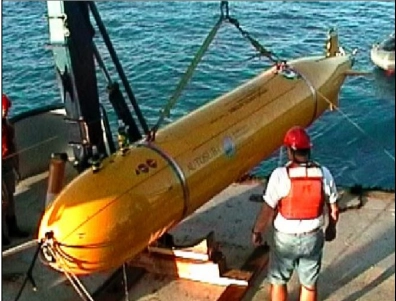
Figure 1: Autosub AUV
Simulation Process
The initial geometry model is not difficult to draw. However, it is targeted to model the hydrodynamic movement of the underwater glider, considering both under and above water. This requires the utilization of a multiphase model, in our case Volume Of Fluid (VOF) model. The glider motion needs a continuous alteration in the mesh grid as it moves. So the Dynamic Mesh module must be activated. The grid consistently modifies whenever necessary based on Smoothing and Remeshing methods.

Figure 2: Deformed grid as the submarine moves
Post-processing
Take a look at this amazing underwater world our glider creates as it travels through the ocean! In the top picture, we can see the hidden patterns of water flowing around our submarine robot. We captured the exact way water speeds up and slows down near the glider – notice the beautiful green-yellow area right at the front edge where water reaches its fastest speed (about 1.43 m/s)! This happens because water needs to quickly move out of the way when the glider pushes forward. Then, as water passes along the sides, it gradually slows down again, creating those light blue regions that fade into dark blue further away. Also, check out how the triangular mesh gets super tiny near the glider but bigger farther away – this clever trick lets our computer focus its brain power exactly where the important stuff happens. The mesh is like putting on reading glasses to see fine details up close while still keeping track of the big picture!
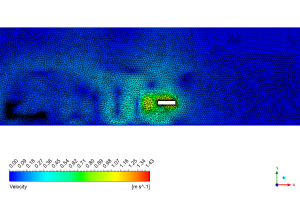
Figure 3: Velocity contour showing water flow around the underwater glider
Now look at the bottom picture showing our glider’s amazing journey between two worlds! We perfectly captured the boundary between water (red) and air (blue) with our special “Volume of Fluid” technique. The thin green-yellow line running across the top is the water surface – just like what you’d see at the beach where water meets sky. Our glider (the white rectangle) stays perfectly positioned in the underwater zone where it belongs, with the water-air boundary remaining stable despite the glider’s movement. This is super important because real underwater gliders need to know exactly where this boundary is to navigate properly! Notice how the mesh bends and stretches around both the glider and the water surface – this special “dynamic mesh” moves and changes shape as our glider swims along, just like how your skin stretches when you move your arm. This amazing computer trick lets us watch the glider’s entire journey without any messy calculation problems or weird errors!
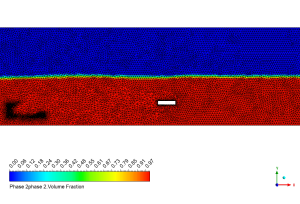
Figure 4: Phase volume fraction contour
We pride ourselves on presenting unique products at CFDLAND. We stand out for our scientific rigor and validity. Our products are not based on guesswork or theoretical assumptions like many others. Instead, most of our products are validated using experimental or numerical data from valued scientific journals. Even if direct validation isn’t possible, we build our models and assumptions on the latest research, typically using reference articles to approximate reality.
Yes, we’ll be here . If you have trouble loading files, having technical problems, or have any questions about how to use our products, our technical support team is here to help.
You can load geometry and mesh files, as well as case and data files, using any version of ANSYS Fluent.
€145 Original price was: €145.€115Current price is: €115.

€160 Original price was: €160.€135Current price is: €135.

€140 Original price was: €140.€125Current price is: €125.

€265 Original price was: €265.€145Current price is: €145.

€240 Original price was: €240.€135Current price is: €135.

€180 Original price was: €180.€99Current price is: €99.



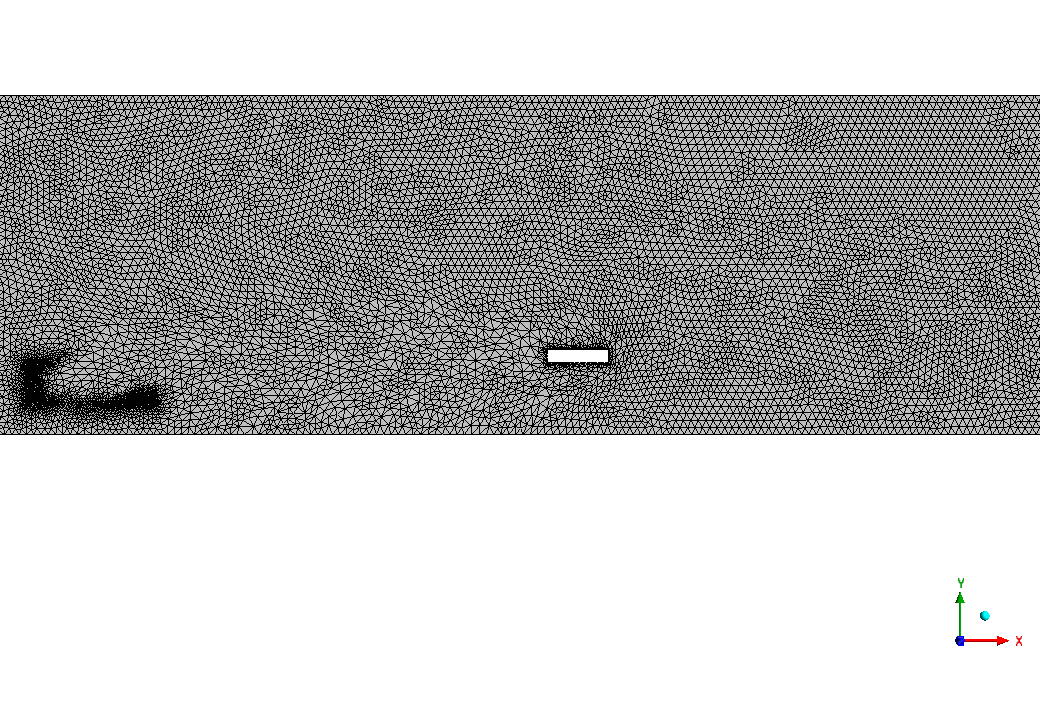


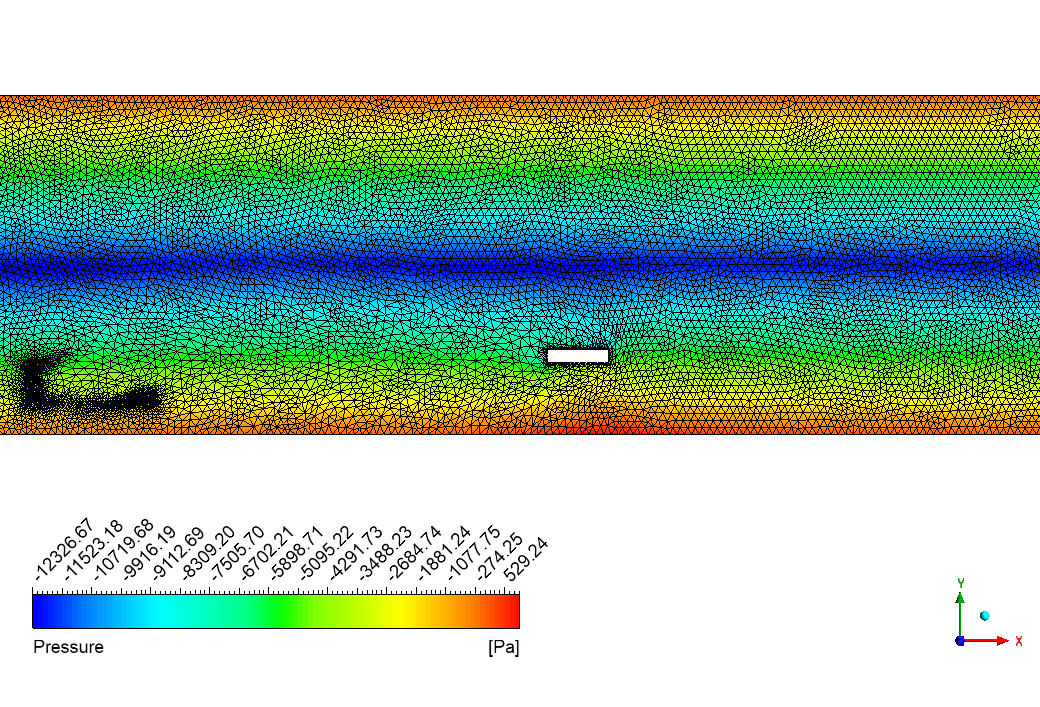
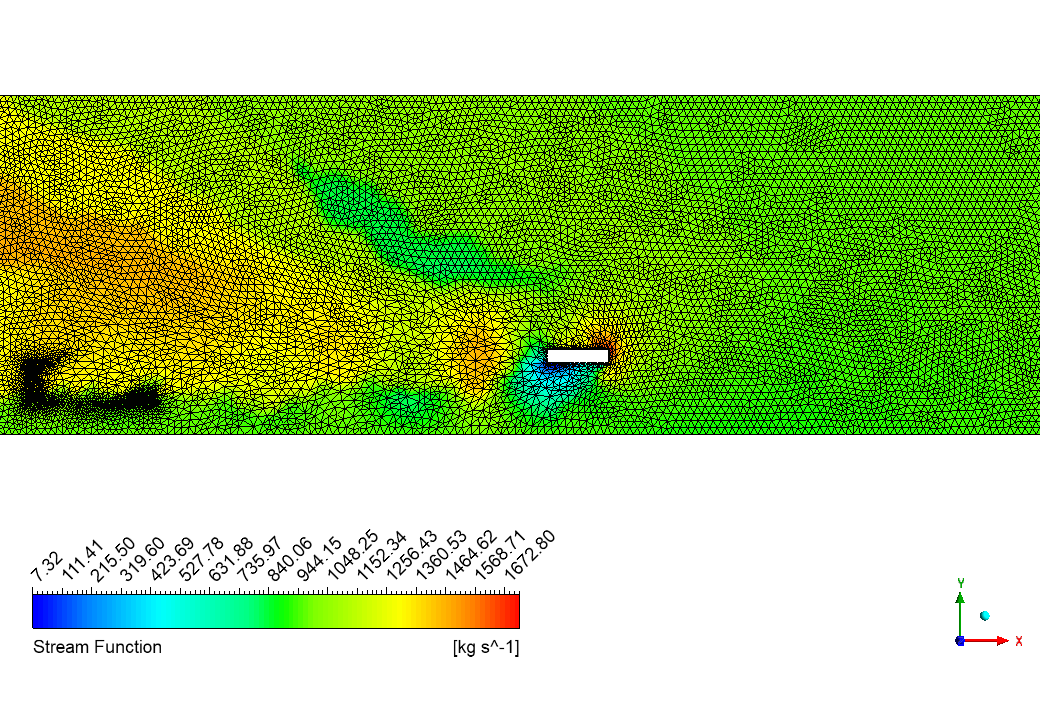
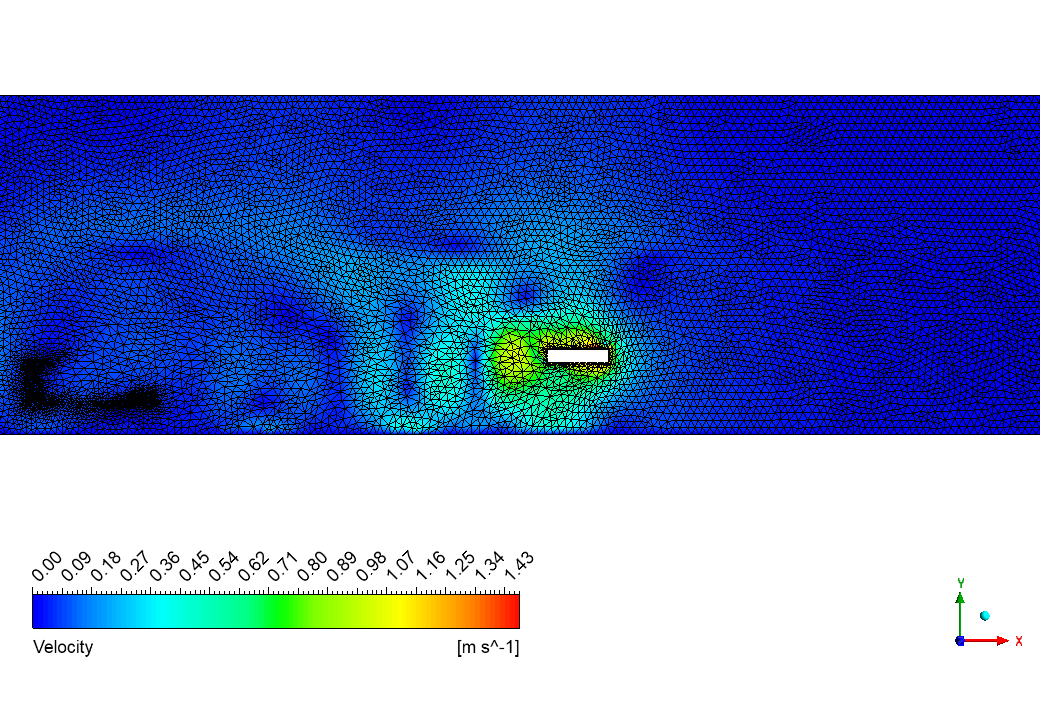





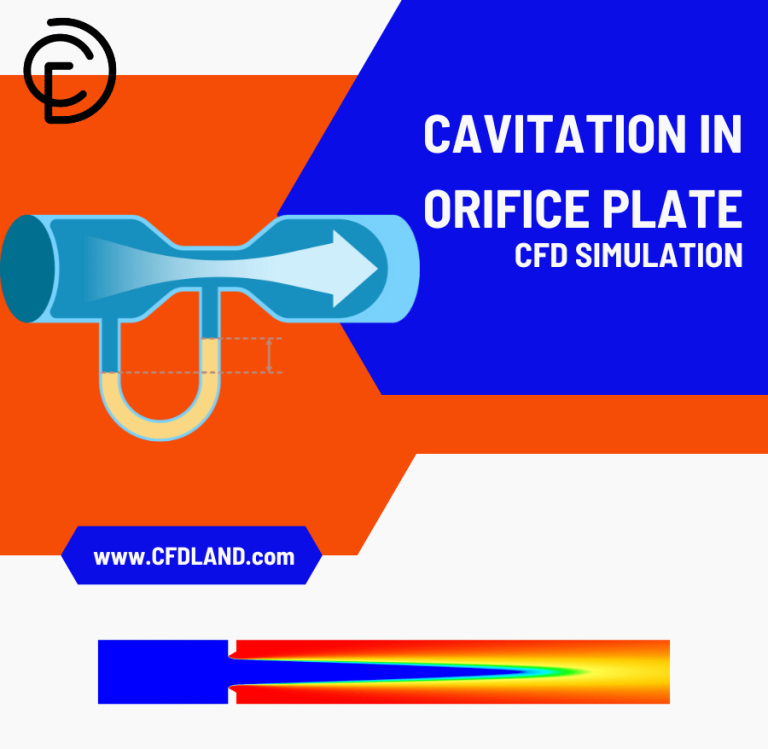
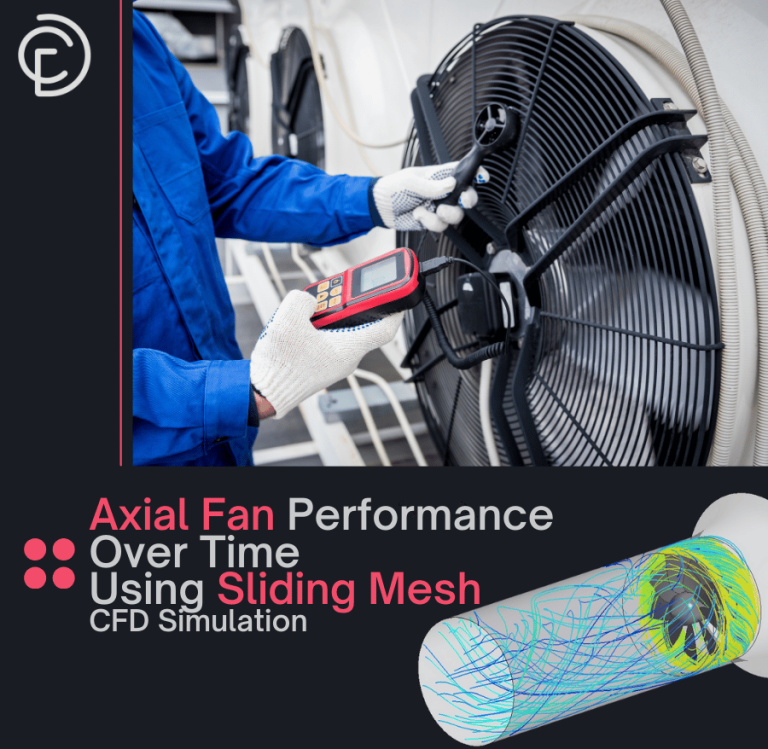
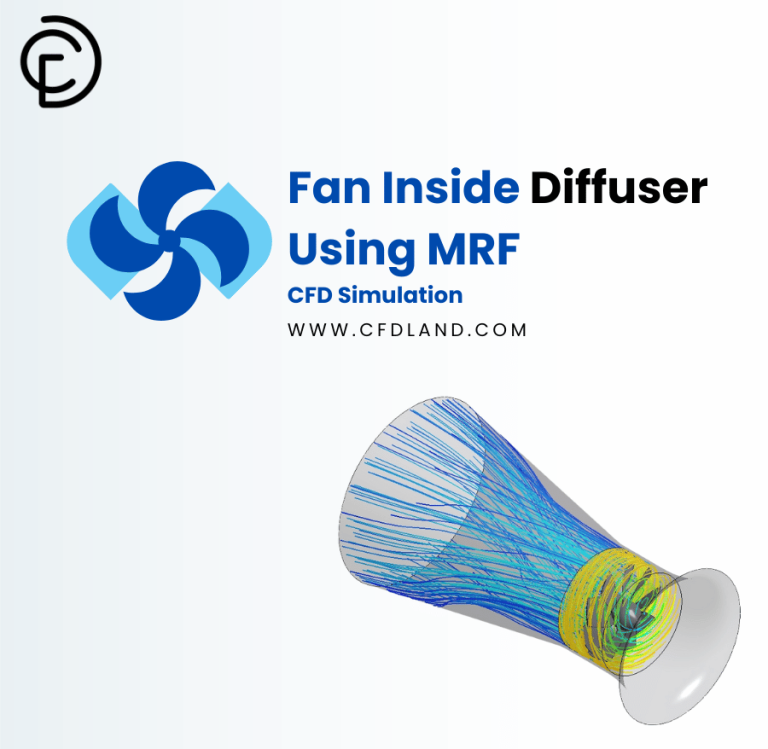
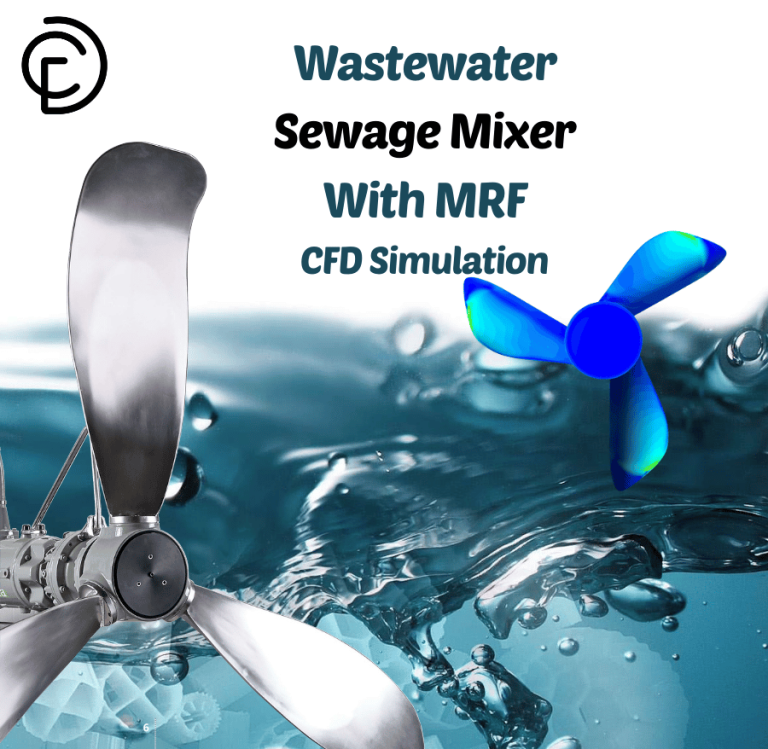

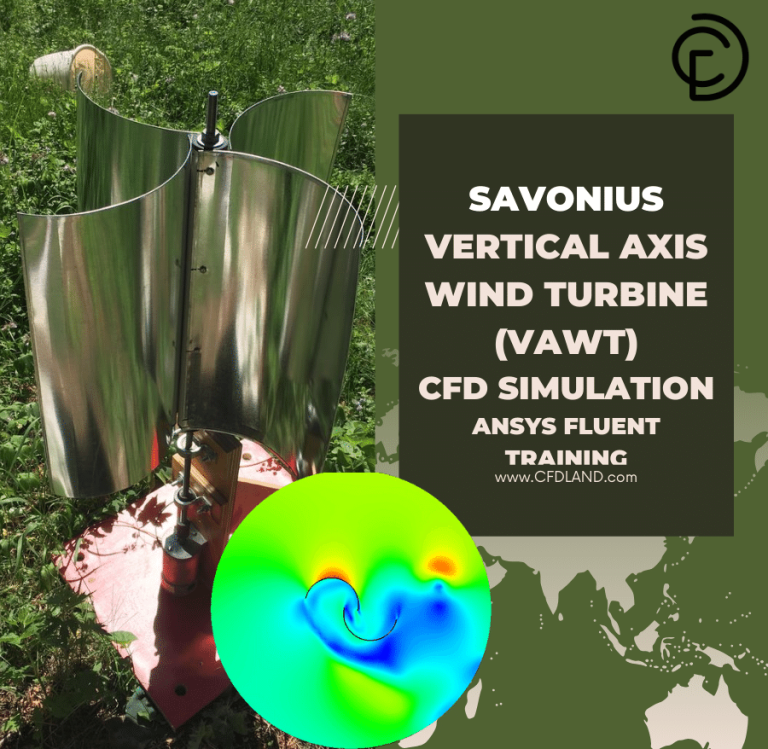
Reviews
There are no reviews yet.